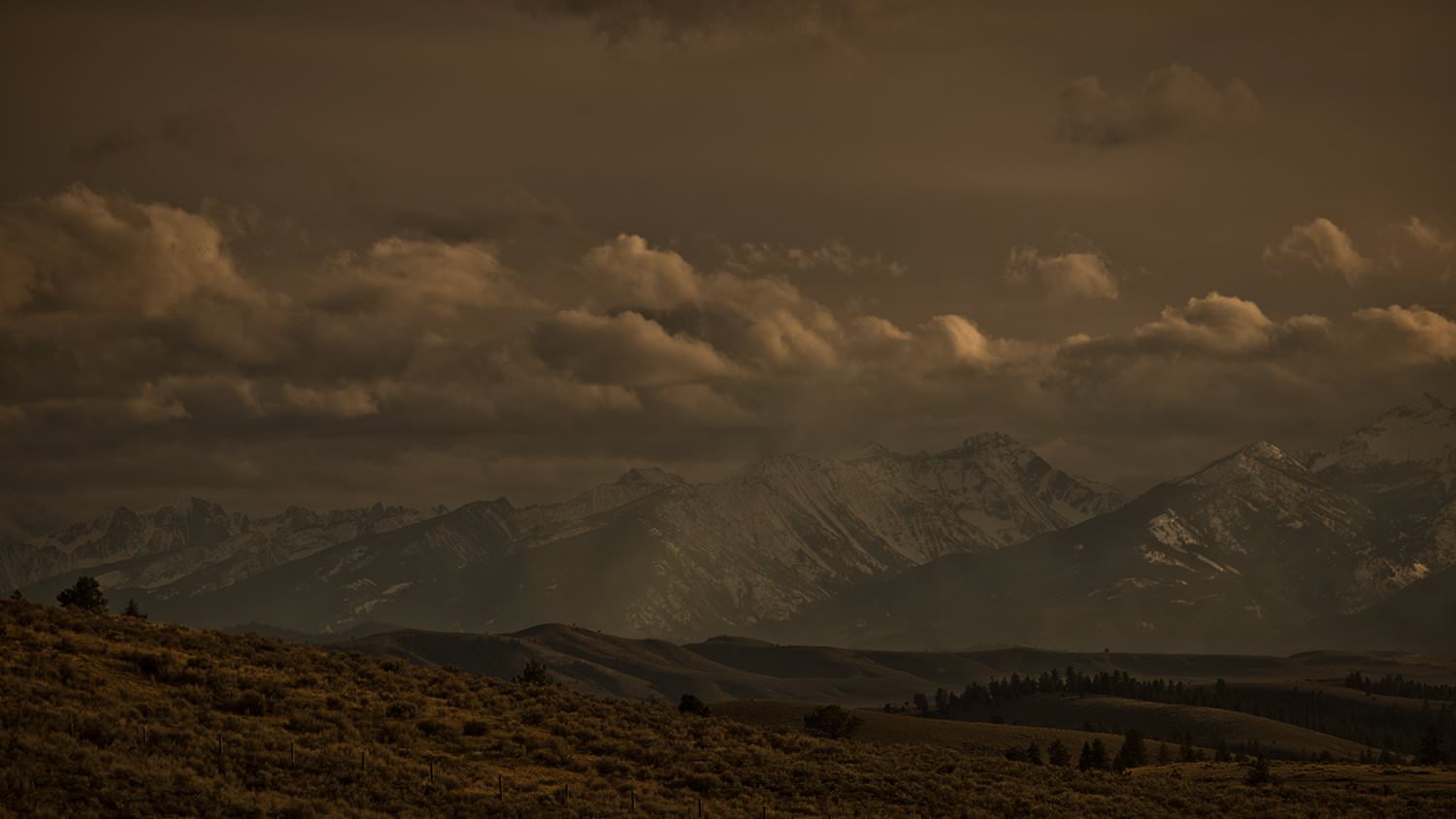A Look at Hunter Churn Numbers
- April 19, 2016
- By Randall Mueller
- Research, Infographics

The number of hunting licenses sold has bounced around between 14 million and 16 million every year since 1960. Meanwhile, the U.S. population 15 years and older has more than doubled from 123 million in 1960 to more than 250 million. To put it another way, in 1960, 11.3% of U.S. residents 15 and older hunted; today it’s roughly 6%.
If you’re in the outdoor industry and looking for a bright side, you might point to the fact that in a time when there is less hunting land available than ever before, maintaining that 14 million-plus number is a win of sorts. Interestingly, the total hunting population is much larger than that. Here’s a reminder on that topic from the National Shooting Sports Foundation in an earlier blog where we analyzed hunter numbers:
“It is important to note that many people who consider themselves hunters do not go hunting every year. Approximately 65 percent of hunters do purchase a license and go hunting each year. The remaining group may only hunt once every several years; however, they still consider themselves hunters. A recent study, Portrait of Today’s Hunters, conducted by Southwick Associates, determined that there are approximately 21 million individuals who have purchased at least one hunting license during a five-year period.”
That circumstance is what’s known as “churn.” Here’s some more perspective on hunter churn as presented in a 2015 summary report from NSSF and Southwick. The study is based on detailed information extrapolated from 12 states in all areas of the country.
- The typical hunter purchased a license 2.8 out of 5 years
- 22% of resident hunters don’t renew their license each year
- Only 13% of hunters purchased a license every single year of the last 10 years
- Younger hunters are more likely to not renew, with 33% of 18-24-year-olds not renewing from year to year.
- 80% of new hunters say they will hunt in each of the next 5 years, yet only 20% of them actually follow through and do so
The summary also presents an interesting look at data by region. In the Midwestern states, 47% of hunters purchased a license every year for 5 years; that percentage falls to 41% in the Northeast, 29% in the West and 20% in the Southeast.
Another find worth noting: A hunter’s age at his or her first hunt influences whether it becomes a lifetime sport for them. Of current hunters, 59% started at age 12 or younger, 32% at 13 to 19, and only 9% at 20 or older.
Programs aimed at hunter recruitment are a great thing. We as an industry need to continue working together to keep new sportsmen and women wanting to come back for more.

Editor’s Note: In future blog posts on this site we’ll look at the challenge of attracting millennials to hunting. For more perspective on the size of the youth hunting and shooting market, click here.
